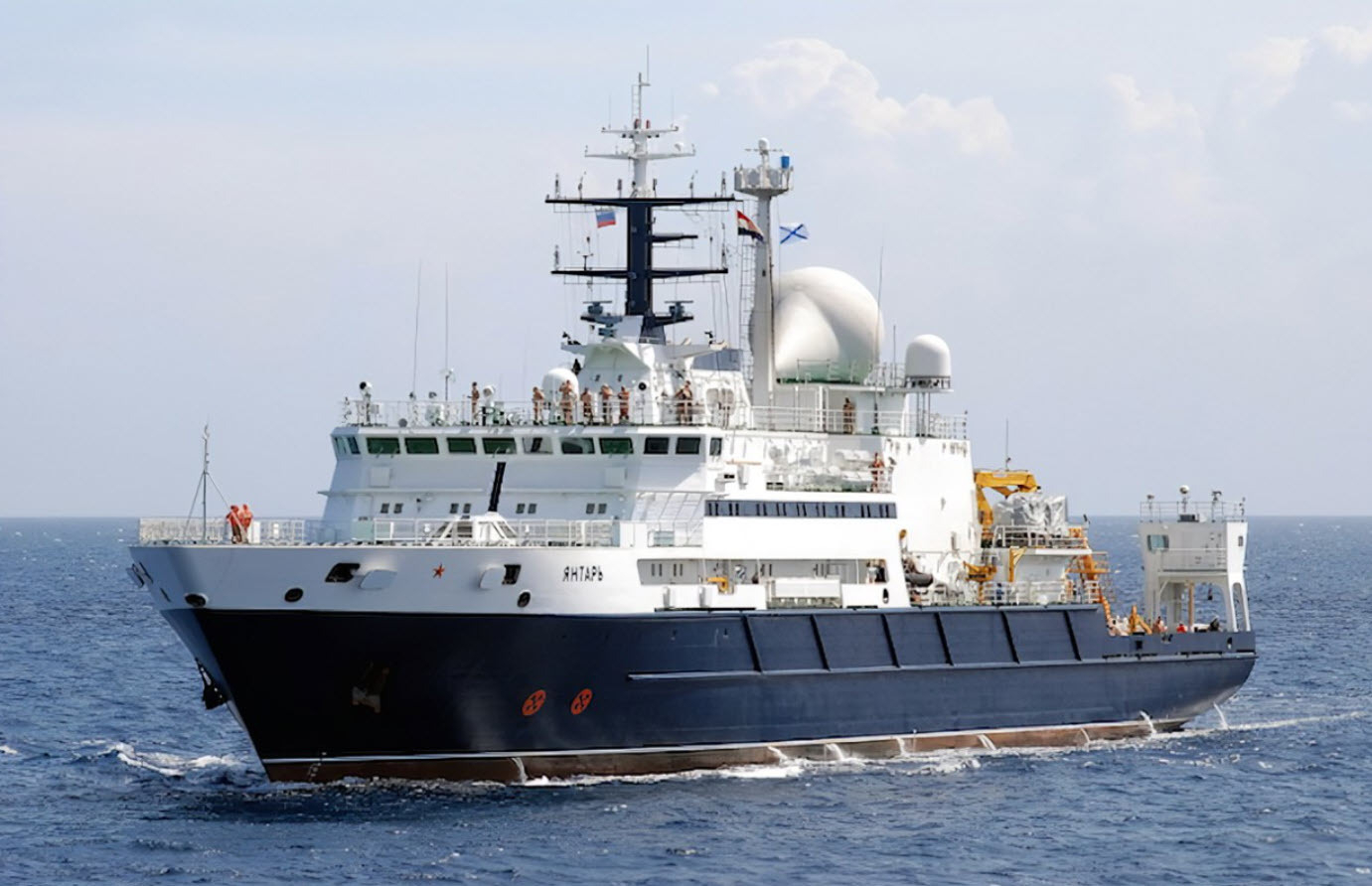
We have walked next to Marconi House, near one of the east coast landing points of internet connectivity for Ireland. I’ve often wondered about the threat to those undersea cables.
John Mooney shares my concern in a Sunday Times article “Underwater Warfare” today.
The threat level facing subsea cables is most pronounced in the shallow waters around Ireland. In the past 16 months, at least 11 internet cables in the Baltic Sea have been severed, some by ships dragging anchors across the seabed.
Although no subsea cable in Irish waters has been damaged yet, Russia has mapped out their positions and there is intelligence to indicate they have made plans to sabotage them. In 2021, Russian Spy Ship Yantar was monitored traversing the seas to the north of Mayo and west of Donegal in a zig-zag fashion, suggesting it was searching for something beneath the waves.
The area is home to one of the most important of Ireland’s subsea cables. There is credible evidence to indicate Russia has sent agents to locate its landing point. Similar information suggests that agents have offered money to fishermen to drag metal-cutting objects across the sea floor at specific co-ordinates. The congested shipping lanes and web of undersea infrastructure situated in Ireland’s Exclusive Economic Zone make it exceptionally vulnerable. Should something happen, it would be difficult to attribute any act of sabotage to a specific “actor” with certainty.
If any cables were cut, it would not cause the collapse of the internet unless there were multiple simultaneous attacks, but it would cause alarm. Any disruption could ripple across EU member states: a low-risk, high-reward tactic for malign actors who benefit from plausible deniability.
Image of Yantar from Washington Free Beacon.